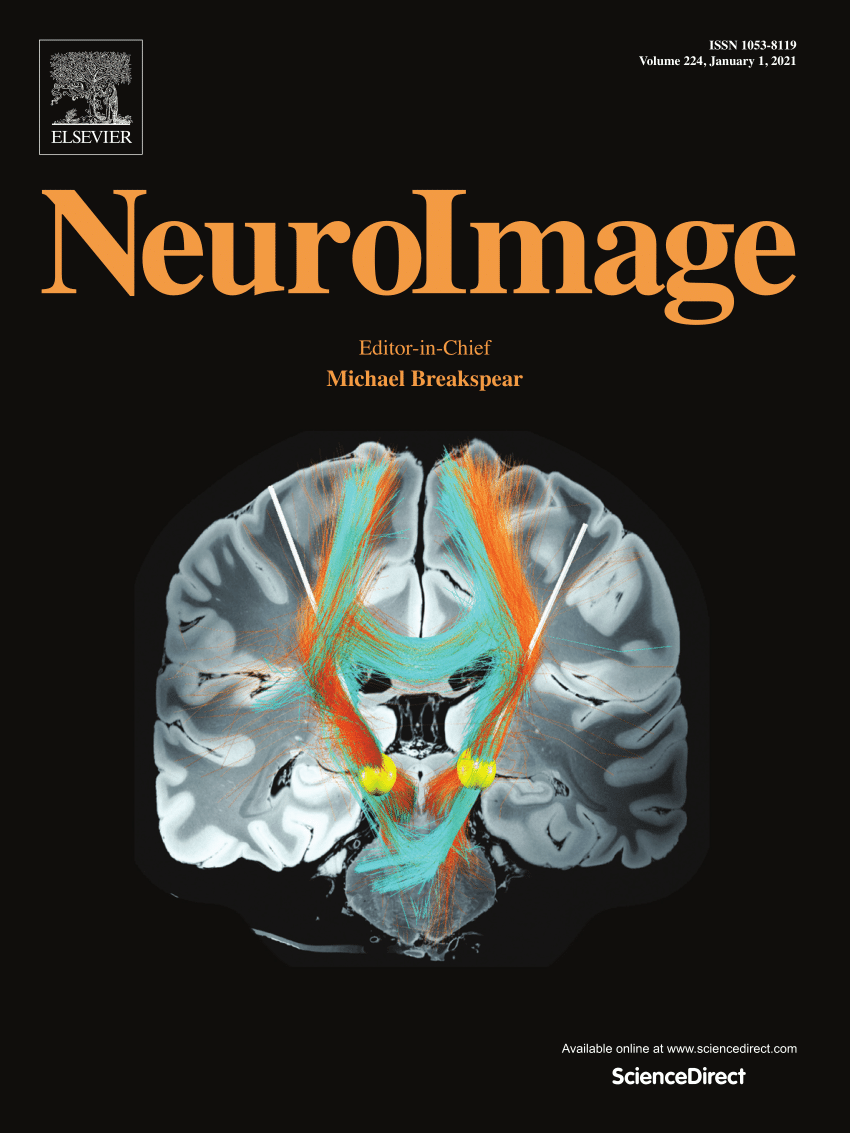Resting state brain network segregation is associated with walking speed and working memory in older adults
IF 4.7
2区 医学
Q1 NEUROIMAGING
引用次数: 0
Abstract
Older adults exhibit larger individual differences in walking ability and cognitive function than young adults. Characterizing intrinsic brain connectivity differences in older adults across a wide walking performance spectrum may provide insight into the mechanisms of functional decline in some older adults and resilience in others. Thus, the objectives of this study were to: (1) determine whether young adults and high- and low-functioning older adults show group differences in brain network segregation, and (2) determine whether network segregation is associated with working memory and walking function in these groups. The analysis included 21 young adults and 81 older adults. Older adults were further categorized according to their physical function using a standardized assessment; 54 older adults had low physical function while 27 were considered high functioning. Structural and functional resting state magnetic resonance images were collected using a Siemens Prisma 3T scanner. Working memory was assessed with the NIH Toolbox list sorting test. Walking speed was assessed with a 400 m walk test at participants’ self-selected speed. We found that network segregation in mobility-related networks (sensorimotor, vestibular) was higher in older adults with higher physical function compared to older adults with lower physical function. There were no group differences in laterality effects on network segregation. We found multivariate associations between working memory and walking speed with network segregation scores. The interaction of left sensorimotor network segregation and age groups was associated with higher working memory function. Higher left sensorimotor, left vestibular, right anterior cingulate cortex, and interaction of left anterior cingulate cortex network segregation and age groups were associated with faster walking speed. These results are unique and significant because they demonstrate higher network segregation is largely related to higher physical function and not age alone.
老年人静息状态脑网络分离与行走速度和工作记忆有关。
老年人在行走能力和认知功能方面比年轻人表现出更大的个体差异。通过广泛的行走表现谱来表征老年人内在大脑连接的差异,可能为一些老年人功能衰退和另一些老年人恢复能力的机制提供见解。因此,本研究的目的是:(1)确定年轻人和高功能和低功能老年人在脑网络分离方面是否存在群体差异;(2)确定网络分离是否与这些群体的工作记忆和行走功能有关。该分析包括21名年轻人和81名老年人。根据老年人的身体功能使用标准化评估进一步分类;54名老年人身体机能低下,27名老年人身体机能良好。采用西门子Prisma 3T扫描仪采集静息状态结构和功能磁共振图像。工作记忆采用美国国立卫生研究院工具箱清单分类测验。通过400米步行测试来评估步行速度,以参与者自选的速度进行。我们发现,与身体功能较弱的老年人相比,身体功能较强的老年人的运动相关网络(感觉运动网络、前庭网络)的网络分离程度更高。在网络分离的偏侧效应方面,组间无差异。我们发现工作记忆和步行速度与网络隔离得分之间存在多变量关联。左侧感觉运动网络分离与年龄组的相互作用与较高的工作记忆功能相关。较高的左感觉运动皮层、左前庭皮层、右前扣带皮层以及左前扣带皮层网络分离的相互作用和年龄组与更快的步行速度有关。这些结果是独特而重要的,因为它们表明,更高的网络隔离在很大程度上与更高的身体功能有关,而不仅仅是年龄。
本文章由计算机程序翻译,如有差异,请以英文原文为准。
求助全文
约1分钟内获得全文
求助全文
来源期刊

NeuroImage
医学-核医学
CiteScore
11.30
自引率
10.50%
发文量
809
审稿时长
63 days
期刊介绍:
NeuroImage, a Journal of Brain Function provides a vehicle for communicating important advances in acquiring, analyzing, and modelling neuroimaging data and in applying these techniques to the study of structure-function and brain-behavior relationships. Though the emphasis is on the macroscopic level of human brain organization, meso-and microscopic neuroimaging across all species will be considered if informative for understanding the aforementioned relationships.
 求助内容:
求助内容: 应助结果提醒方式:
应助结果提醒方式:


